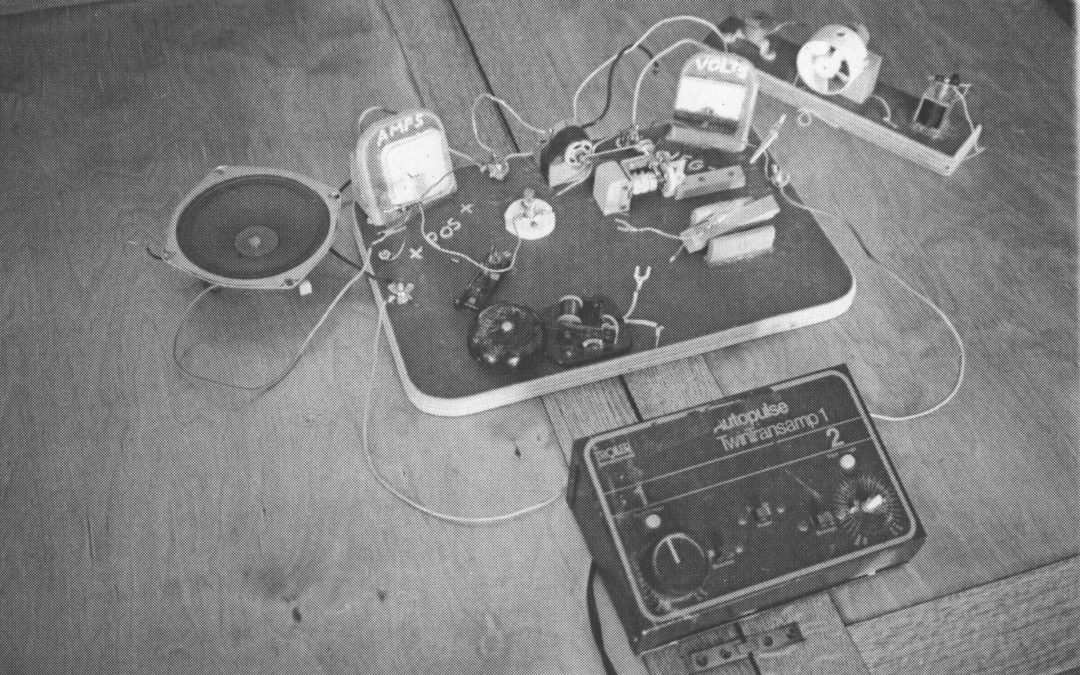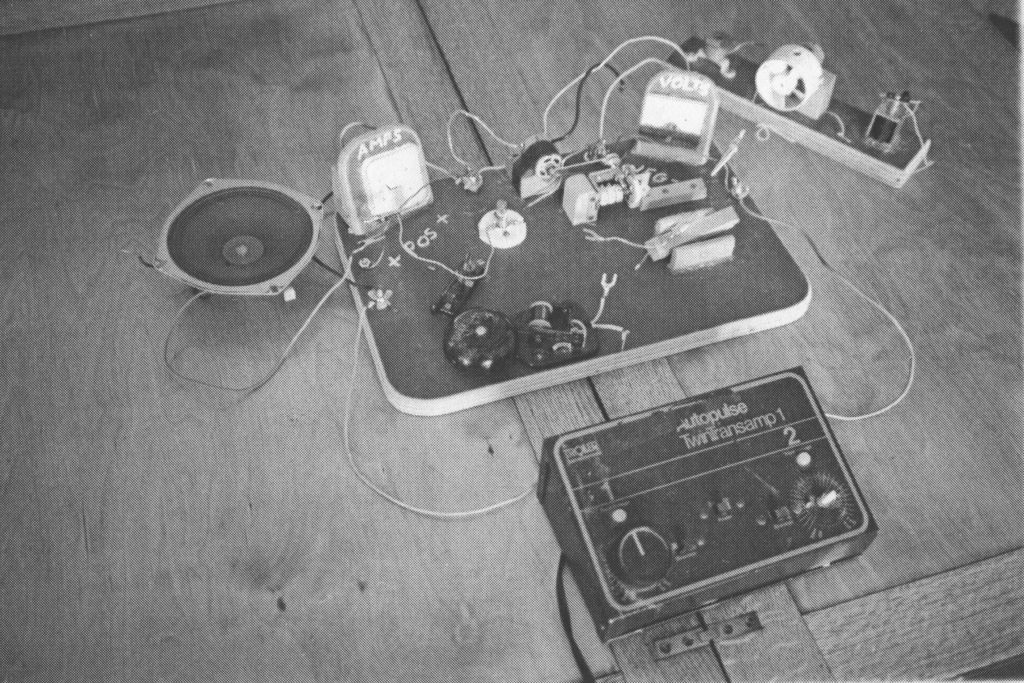ELECTRICITY BOARD
Electricity is a slippery subject. I took physics in high school and again in college each time studying electricity, but although I passed the tests I didn’t really understanding it. I began to get glimmers when trying to fix the brake lights on my VW bug. Which lead me to a very good community college electricity class for mechanics which gave me the understanding and confidence to fix my bug and to work on 110 volt curcuits. Over the next 45 years with the help of auto repair manuals and “Wiring Simplified” (or ‘wiring made complicated’ as my brother called it) I was able to fix most electrical problems on my cars and to wire my house. But I remember how hard it was to wrap your mind around something you can’t see. Trying to help kids understand what a “circuit” or a “short” are, is tricky.
Years ago I was volunteering in my son’s third grade class. They were doing an electricity unit but only had a few batteries, lights , and switches. I told the teacher I thought I could design something that would allow kids to experiment (play) with electricity. I set up a take-apart station and interested kids rotated through helping to take apart a VCR and an old tape deck, which are unfortunately are harder to find now days. The kids took them apart and we saved all the “good stuff.” Then I took all the stuff home and made the electricity board in the picture below, adding the electric train transformer at the bottom of the picture to power it. I took it all apart and went back to school and had the kids put it together again.
The kids who had helped with take-apart were already interested but I thought if they helped assemble the board they would be even more involved. A positive and negative wire went from the train transformer to the POS and NEG bars on the board. Volt and amp meters were added to monitor volts and amps. Then there was a bunch of stuff kids could hook up with wires I had soldered up. A light, fan, solenoid, buzzer, bell (which I eventually had to muffle), speaker, motor hooked to a counter, various switches, and what ever else we could find.
The idea was to get kids to, by playing, understand that electricity had to go in a circle, or circuit, from the positive to the negative and to understand what a short circuit was. A short circuit is an especially difficult concept to explain with words. I could tell them not to hook wires directly from the positive to the negative which they seemed not to hear, but if they did, the transformer just switched off for a minute and kids would ask why it didn’t work. I’d repeat the short circuit explanation. And told them to watch what happens to voltage and amperage during a short, or when various objects are added or subtracted.
Since we only had one board it was left in the back of the class room where in the mornings or during any free time there was always a group of kids messing around. It inspired some other electric stuff: a shock box, a reversing switch, were the most memorable. The teacher thought it was pretty successful and I later used the board for years in my woodworking class as one of the experiments of the day. It was always a big hit.
Notes:
• There are several reasons for using the train transformer instead of batteries. One of the lessons about electricity that is hard to get across is the idea of a short. That is, when you hook the positive directly to the negative with nothing in between (no resistance) its a short. An experiment to show this is to take a fine piece of steel wool and connect it directly between the positive and the negative of a battery…..it gets red hot and burns. This is actually a little fire so should be treated as a potential big fire and done on a cookie sheet. It also provides an opportunity to talk about the serious business of fire safety. If you have heavy enough wire the battery can drain; the wire will get hot. Because a train transformer has a circuit breaker it will turn off after a few seconds if there is a short. If you do use batteries try to get some sort of very small circuit breaker that would work with batteries.
• Plug the train transformer into a ground fault interrupter, which will insure any loose electric current, like a kid cutting the cord with scissors, will cut off the current before it can hurt someone. I worried about this in shop class at the hot glue station and wouldn’t allow scissors at the hot glue table. The other advantage of a transformer is that the voltage can be adjusted and it will have more current (power, amperage) than batteries, yet the low voltage makes it safe. Turn the voltage up and….a light gets brighter or a motor goes faster. Hook two or three things up and……what happens? Hook things in series, in parallel…what happens?
• I used alligator clips on the ends of the wires to hook the various things together but the clips often broke off and I had to resolder them. Later I learned to use soft springs that can be stretched apart, have a wire inserted between the coils, and then released.


I totally want something like this!